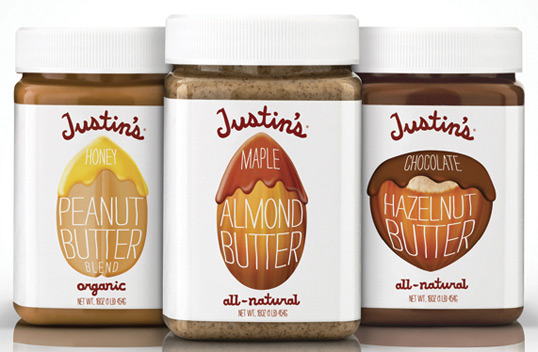In this practical, we attempted to synthesize biofuel using corn oil. Corn oil is a triglyceride, made of glycerol molecules joined to three fatty acid chains by ester linkages.


Molecular structure of corn oil
The process of creating a biofuel is from corn oil is known as transesterification - transforming corn oil (an ester) into biofuel (another ester).
Method
> Add 100 m1 of corn oil into a 500 ml beaker
> In a separate beaker add 55.0 ml of methanol and 22.5 ml of 0.1 M NaOH solution.
> Place the beaker of corn oil on a hot plate, heat until 60 degrees Celsius
> Add the mixture from step 2 in eight phases, leaving 5 min between each phase. The temperature of the reaction mixture should be kept between 60 and 70 degrees Celsius to prevent it from spurting
> Let the mixture cool and separate over a week
> Place in a separating funnel and discard the lower layer (glycerol)
> Add 10 ml of 0.1 M acetic acid and invert the separating funnel gently 5 times
> Discard the lower layer
> Repeat the extraction step using 10 ml of distilled water
> Pour the the washed biofuel into a 100 ml beaker. Heat at 70-80 degrees Celsius for 10-15 min to evaporate the residual water.
Calculations for percentage yield
% yield = mass of dry biofuel/mass of corn oil x 100
= 69.84/89.26 x 100
= 78.2% (3sf)
NB: the final mass of the dry biofuel is lower than the actual value as spillage occurred during experimentation
Part 2: Determining the efficiency of fuels
In this demonstration, our teacher showed us how the efficiency of fuels can be determined by enthalpy changes.
Method
> Place 2 pieces of cotton wool at into a crucible
> Measure 10 ml of chosen fuel and pour into the crucible
> Measure 10 ml of distilled water into a clean 50 ml beaker
> Fix the beaker above the crucible using a retort stand
> Measure the initial temperature of the distilled water
> Ignite the fuel with a lighted splint and start the stopwatch
> Adjust the height of the beaker such that it is above the tip of the flame
> After 2 minutes, record the temperature of the water
> Extinguish the flame by covering it with a wire gauze with ceramic center
Results
|
Fuel
|
Initial temperature/˚C
|
Final temperature/˚C
|
Temperature change/˚C
|
|
Cyclohexane
|
31.0
|
75.0
|
+44.0
|
|
Methanol
|
31.0
|
100.0
|
+69.0
|
NB: Water reached boiling point in < 2 min when methanol was used as a fuel
We need to find the enthalpy (heat) change of water caused by one mole of fuel to determine its efficiency.
Enthalpy change of water = mass of water (kg) x specific heat capacity of water (kJ/ kg K) x change in temperature (˚C or K)
OR
q = mc∆T
NB: ˚C and K have same unit intervals and are interchangeable with reference to change in temperature
NB: specific heat capacity of water = 4.181 kJ/ kg K
|
Fuel
|
q (= mc∆T)
|
|
Cyclohexane
|
0.01 x 4.181 x 44
=1.83964 kJ
|
|
Methanol
|
0.01 x 4.181 x 69
=2.88489 kJ
|
Since we want to calculate the enthalpy change of water caused per mole of fuel, we need to calculate the amounts of fuel in moles.
Density of cyclohexane = 779.00 kg/m3
No. of moles of cyclohexane (C6H12) = 7.79/ (6 x 12.0 + 12 x 1.0) = 0.092738 mol
Density of methanol = 791.30 kg/m3
No. of moles of methanol (CH3OH) = 7.931/ (12.0 + 4 x 1.0 + 16.0) = 0.24728 mol
|
Fuel
|
Enthalpy change per mol
(kJ/mol) (3sf)
|
|
Cyclohexane
|
1.83964 ÷ 0.092378 =
19.9
|
|
Methanol
|
2.88489 ÷ 0.24728 =
11.7
|
Conclusion: Cyclohexane is the more efficient fuel
Sources of error
- Boiling point of water cannot exceed 100˚C and would affect the accuracy of measurement for methanol.
- Heat lost to surroundings
- Incomplete combustion of fuel due to insufficient oxygen
- Flame was extinguished after 2 min, hence not all the fuel was combusted
Image of triglyceride. Retrived from http://www.proteinpower.com/drmike/wp-content/uploads/2008/02/triglyceride.jpg
Image of corn oil molecule. Retrieved from https://sci9bestq3bm.wikispaces.com/Corn+Oil-Ensure












.jpg)












